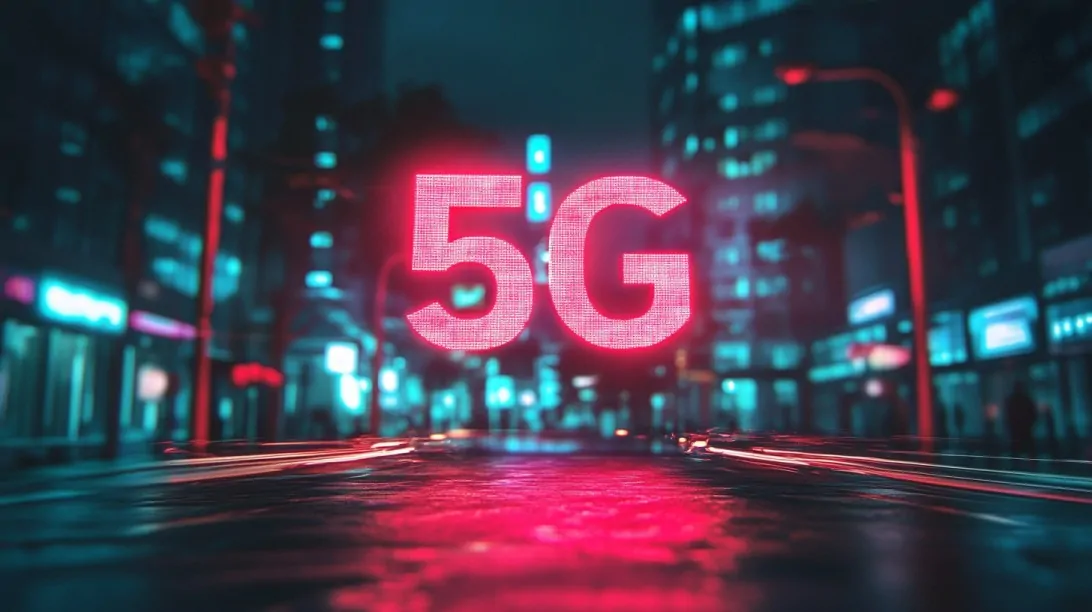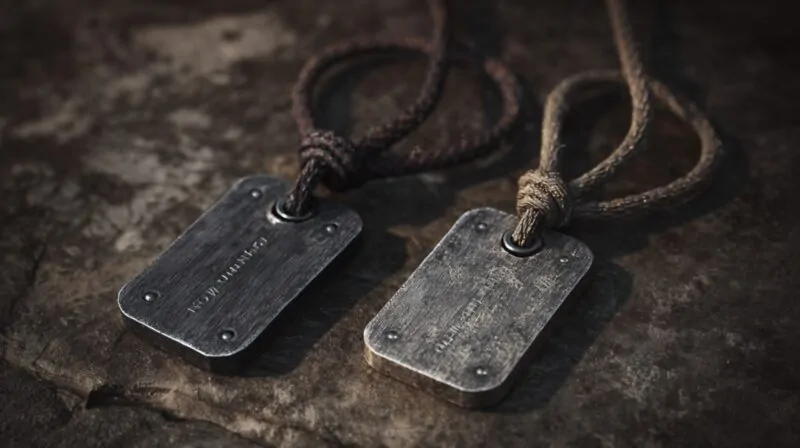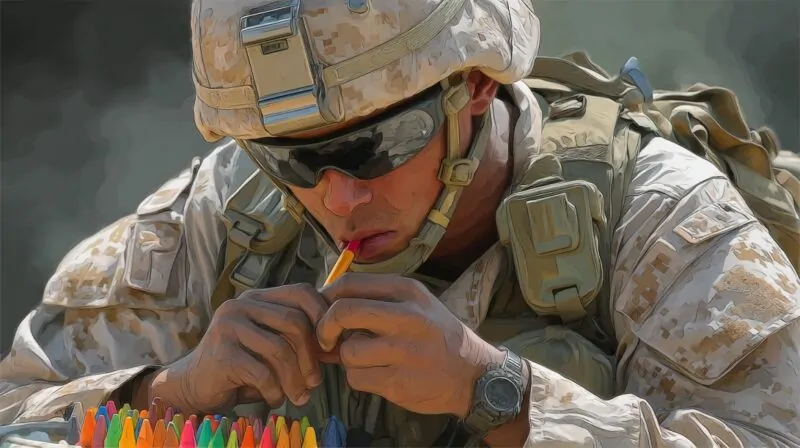5G technology has quickly become a key enabler in various industries, and the military is no exception. As armed forces modernize their operations, 5G is transforming communications and battlefield strategies. With its faster speeds, lower latency, and improved connectivity, 5G is crucial for enhancing military efficiency.
The integration of 5G allows for streamlined communication, faster data sharing, and more accurate decision-making. From real-time intelligence to controlling unmanned systems remotely, 5G is changing the way militaries operate.
This article examines how 5G is reshaping military operations, its impact on communication systems, and its role in improving operational speed and decision-making.
Table of Contents
Toggle5G: A Technological Leap for Military Communications
At its core, 5G offers faster data speeds, lower latency, and the ability to connect more devices simultaneously compared to its predecessors.
These characteristics are especially important for military operations, where the need for instant communication, rapid data transmission, and real-time decision-making can make the difference between mission success and failure.
Enhanced Communication Capabilities
For modern militaries, the ability to maintain constant and secure communication between personnel, vehicles, and command centers is paramount. 5G’s low-latency capabilities—often reduced to just 1 millisecond—enable near-instantaneous transmission of critical information, far surpassing the performance of older 4G networks.
With 5G, military personnel can communicate more effectively in real-time, whether amid a combat operation or during logistics coordination. The result is a significant reduction in decision-making time and enhanced situational awareness, both of which are crucial on the battlefield.
Key Benefits of 5G in Military Communication:
| Benefit | 5G Impact on Military Operations |
| Speed | Faster transmission of large data, allowing for real-time video feeds, mission updates, and strategic information sharing. |
| Latency | Reduced latency enables instant communication, essential for time-sensitive military decisions. |
| Reliability | Enhanced reliability ensures that communication remains stable even in remote or high-risk environments. |
| Capacity | 5G supports a larger number of connected devices, enabling the integration of IoT (Internet of Things) devices like drones, sensors, and robotics. |
With 5 G-powered communication systems, soldiers can transmit video feeds, receive live intelligence, and coordinate operations without worrying about network congestion or delays. This is a drastic improvement over previous networks, which often struggled with bandwidth limitations, especially in high-demand situations.
Integration with Command and Control Systems
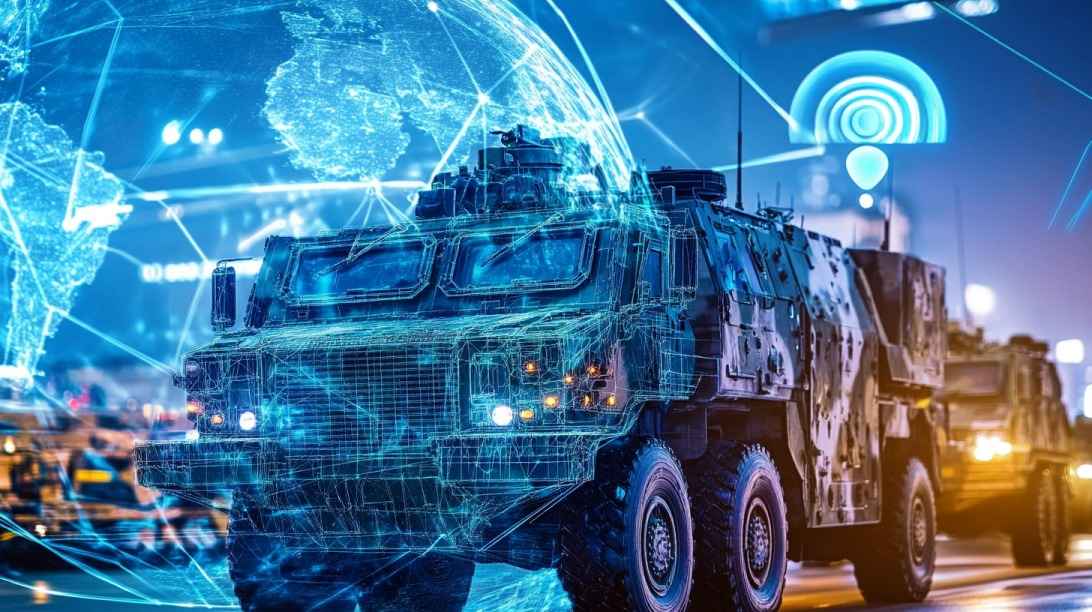
The advent of 5G allows military units to integrate Command and Control (C2) systems with real-time, high-definition data feeds from various sensors, drones, and satellites. 5G enables faster processing and dissemination of information, which supports better strategic decisions in live situations.
The ability to stream live video feeds from reconnaissance drones or unmanned aerial vehicles (UAVs) directly to command centers offers a significant tactical advantage. This integration is particularly important in modern warfare, where information is a weapon, and speed of information flow is critical for success.
The Role of Easy-to-Use Apps in Military Operations:
As communication systems evolve, so do the tools that enhance military personnel’s effectiveness in the field. A key part of these advancements is the integration of mobile apps that streamline operations and ensure that critical communications are captured and reviewed efficiently. For instance, an easy-to-use app, like a call recorder, can play a significant role in military operations.
In high-stakes environments, ensuring that conversations and instructions are recorded and reviewed can be a matter of operational success.
With 5G’s high-speed capabilities, apps like a call recorder can work without interruption, ensuring that all communications are captured accurately. This tool is especially useful in mission-critical operations, where clarity and documentation are essential for decision-making and accountability.
The Role of 5G in Autonomous Military Systems
One of the most promising applications of 5G technology in the military is the remote operation of autonomous systems such as drones, robots, and other unmanned vehicles.
These systems are already playing an essential role in modern warfare, from reconnaissance and surveillance to logistics and combat. However, the limited bandwidth and latency of previous networks have constrained their full potential.
Remote Operation of Drones and Unmanned Vehicles
5G’s ultra-low latency and high-speed capabilities make it possible to operate autonomous military systems with unprecedented precision. For instance, drones equipped with high-resolution cameras and sensors can transmit real-time video feeds and data to military personnel in distant locations.
This enhanced capability enables better situational awareness and allows operators to make more informed decisions faster.
The remote control of drones and robots over 5G networks could even enable virtual or remote warfare, where operators are thousands of miles away from the battlefield but can control assets in real-time. This dramatically reduces the risks to human life while maintaining the effectiveness of military operations.
| Application | 5G’s Role in Military Systems |
| Drone Operations | Enables real-time, high-definition video streaming and precise control over long distances. |
| Robotics | Facilitates the use of robots for bomb disposal, surveillance, and even combat, operated remotely with minimal delay. |
| Unmanned Ground Vehicles (UGVs) | Provides seamless control of ground-based unmanned vehicles in challenging terrains, improving tactical efficiency. |
The ability to operate these systems remotely and with greater reliability means military personnel can oversee operations without exposing themselves to potential threats. Additionally, these autonomous systems can help gather critical intelligence from areas that are too dangerous or difficult for humans to access.
Real-Time Data Sharing and Intelligence Gathering
The true power of 5G in military operations lies in its ability to enhance data-sharing capabilities. In modern warfare, timely and accurate information is invaluable.
Whether it’s satellite imagery, battlefield data, or intelligence gathered from ground sensors, 5G ensures that military units can share this information across vast networks almost instantaneously.
Speeding Up Intelligence Processing
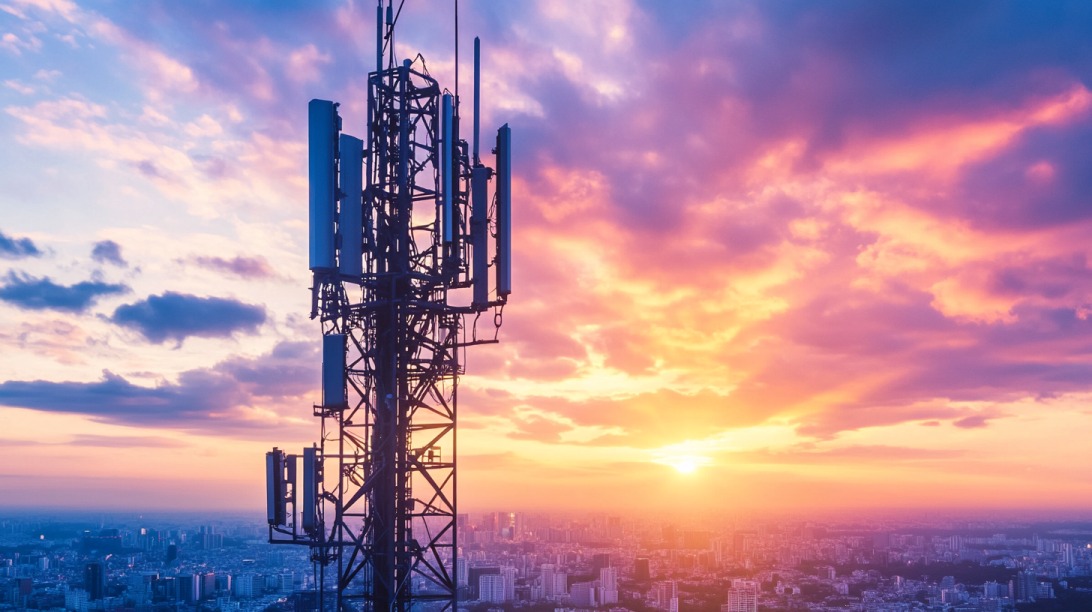
With 5G’s bandwidth capabilities, military forces can share large datasets more efficiently, allowing intelligence analysts to process data faster and respond to emerging threats without delays. This also enables better collaboration between military branches and allied forces, ensuring that every team has access to the latest information.
For example, real-time data from satellite surveillance, field sensors, and drones can be transmitted to command centers, providing up-to-the-minute intelligence. This enables faster, more accurate decision-making, which is crucial when responding to rapidly changing situations in the field.
The Future: 5G and the Evolution of Military Operations
As the military continues to integrate 5G technology, it will unlock even more advanced capabilities.
This includes enhanced augmented reality (AR) and virtual reality (VR) systems for training and simulations, improved cybersecurity measures, and the ability to connect a growing number of IoT devices for more effective situational awareness.
Enabling AI and Machine Learning
5G’s speed and reliability make it the perfect enabler for AI-powered systems in military operations. Machine learning algorithms can be trained and deployed in real-time, helping predict threats, assess battlefield conditions, and make autonomous decisions about troop movements and resource allocation.
For example, AI can help manage battlefield logistics, ensuring that supplies and troops are sent to the right locations without delay. The faster data processing enabled by 5G will make this technology even more efficient, leading to more effective and faster military operations.
| Future Capability | Impact on Military Operations |
| AI and Machine Learning | Improves decision-making, automates processes, and predicts battlefield outcomes in real-time. |
| Augmented Reality (AR) | Provides soldiers with real-time, immersive training and tactical displays on the battlefield. |
| Virtual Reality (VR) | Enhances training simulations, making them more realistic and effective. |
Conclusion
The integration of 5G technology into modern military operations is revolutionizing the way armed forces communicate, operate, and strategize. From enhanced communication networks that ensure real-time data transfer to the ability to operate drones and autonomous vehicles remotely, 5G is reshaping military operations in profound ways.
As 5G technology continues to evolve, its role in enabling faster, more efficient, and more secure military operations will only grow. The promise of ultra-low latency, high-speed communication, and the integration of autonomous systems will lead to smarter, safer, and more effective military strategies across the globe.
The future of warfare is increasingly tied to the capabilities of 5G, and its impact will only expand as both technology and military needs continue to evolve.
Related Posts:
- The Role of Underwater Drones in Modern Naval Warfare
- Harnessing the Sun - Solar Security in Military Operations
- Heron TP Drone - How It Enhances Military Operations
- Stealth Technology or How Modern Aircraft Stays Invisible
- How Much Does a Modern Soldier’s Gear Cost? Breaking…
- The Role of FPV Drones in Tactical Military Applications

